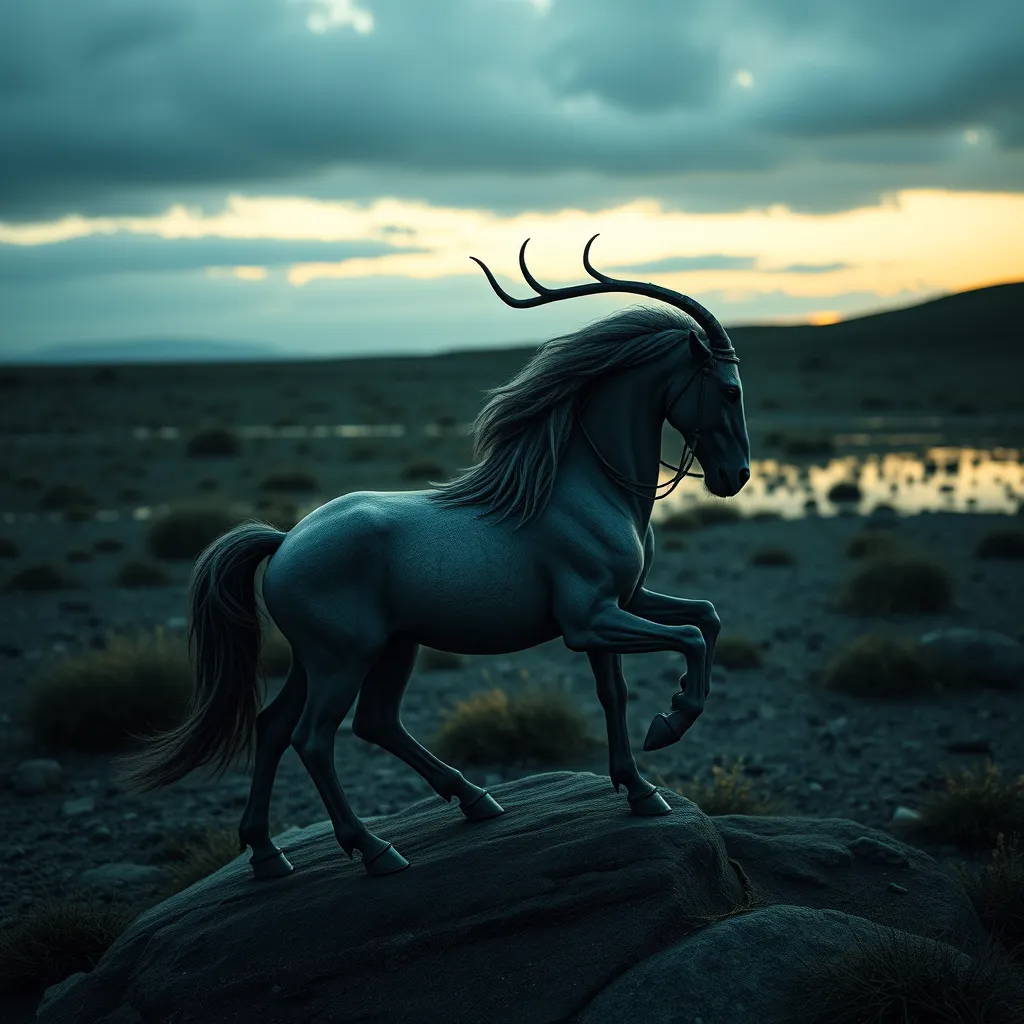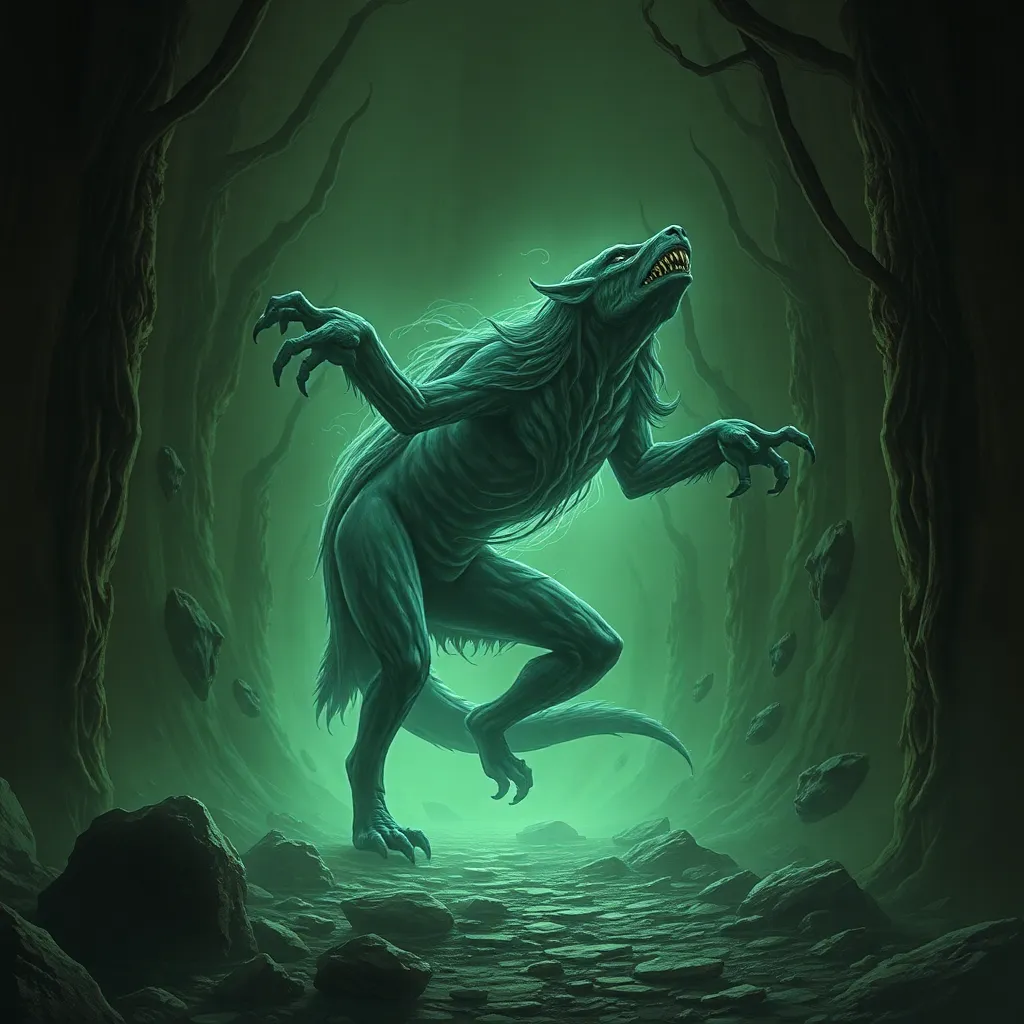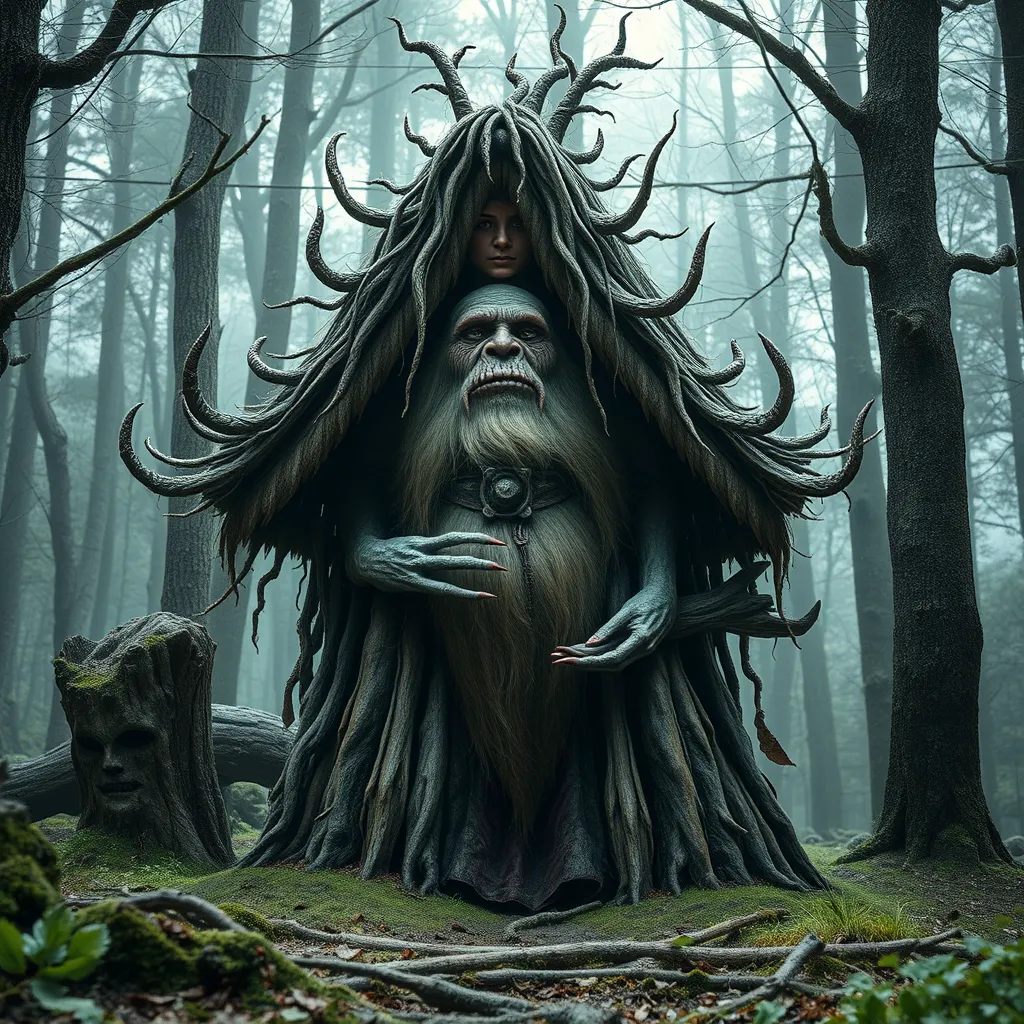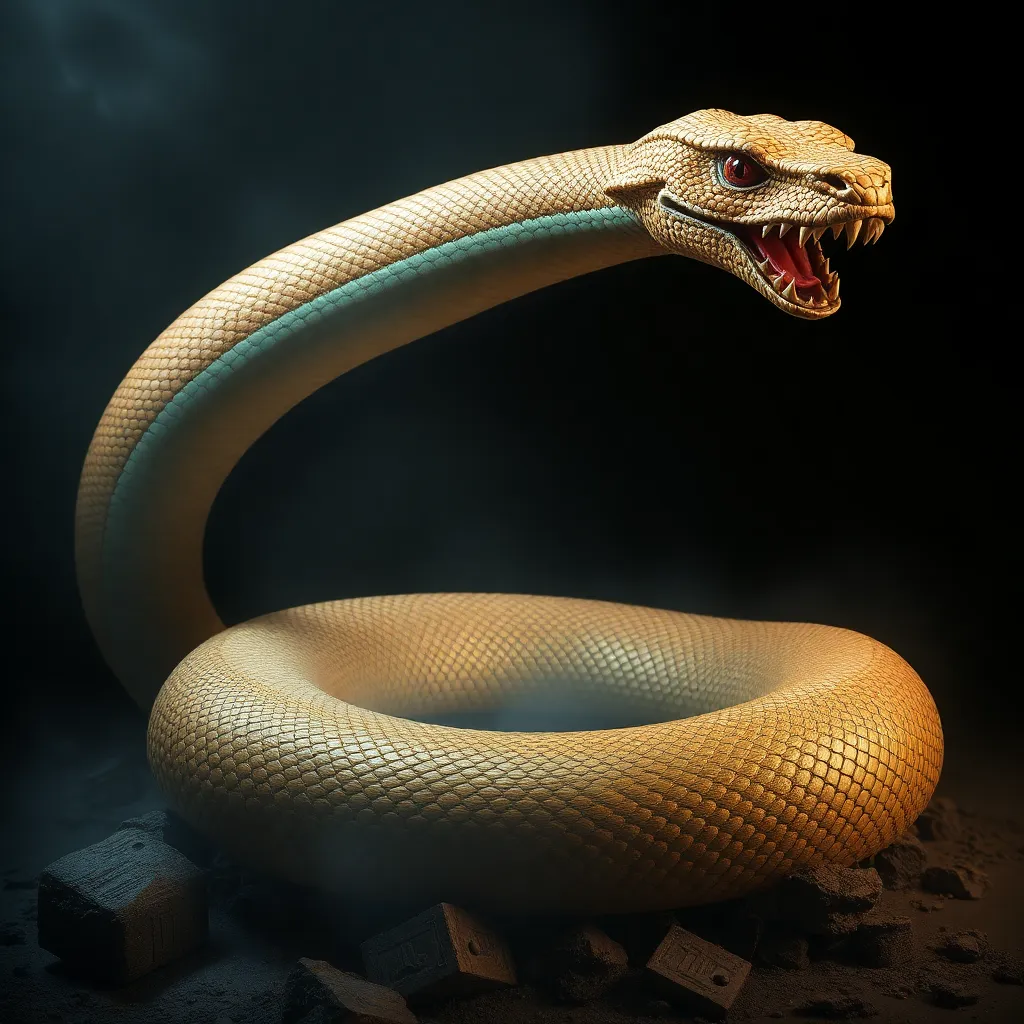The Centaur’s Relevance Today: The Centaur as a Symbol in Modern Culture
I. Introduction
The centaur, a creature of Greek mythology, is often depicted as having the upper body of a human and the lower body of a horse. This unique combination embodies a fascinating duality that has captured the imagination of people throughout history. In essence, centaurs symbolize the conflict between civilization and nature, reason and instinct.
In this article, we will explore the centaur’s relevance in modern culture, examining its historical context, its representation in literature and film, its implications on identity, and its symbolism in contemporary discussions on environmentalism.
II. Historical Context of the Centaur Myth
The origins of centaurs can be traced back to ancient Greek mythology, where they were often portrayed as wild and unruly beings. The most famous centaurs, such as Chiron and Pholus, stood apart from their peers due to their wisdom and noble characteristics.
Over time, the symbolism of centaurs evolved, reflecting the changing values and beliefs of society. Initially regarded as brutish and impulsive, centaurs gradually came to represent the tension between human intellect and animalistic instincts.
In ancient art and literature, centaurs were depicted in various forms, from vase paintings to epic poetry. They played significant roles in many myths, including the famous battle between the Lapiths and centaurs at the wedding of Pirithous and Hippodamia, which underscored their complex nature.
III. The Dual Nature of the Centaur: Human vs. Beast
At the heart of the centaur myth lies the theme of duality. The centaur embodies the struggle between the civilized human and the untamed beast, making it a powerful symbol for exploring our own internal conflicts.
Psychologically, the centaur can be interpreted as a representation of the human psyche’s dichotomy, where the rational mind grapples with primal instincts. This duality is particularly relevant in contemporary life, where individuals often find themselves balancing societal expectations with their innate desires.
- Understanding the centaur’s dual nature can help individuals navigate their own complexities.
- It invites reflection on the balance between personal impulses and societal norms.
IV. The Centaur in Literature and Film
Centaurs have made significant appearances in modern literature, often symbolizing inner conflict or the struggle for identity. Notable examples include C.S. Lewis’s “The Chronicles of Narnia,” where centaurs are portrayed as wise and noble creatures, and J.K. Rowling’s “Harry Potter” series, where centaurs serve as both protectors of the forest and embodiments of mystical knowledge.
In film, centaurs have been depicted in various ways, from the animated “Fantasia” to the more recent “Percy Jackson” series. These representations often reflect contemporary values and issues, such as environmentalism and the quest for identity.
The impact of these portrayals on cultural perceptions is profound, as they invite audiences to reconsider the boundaries between humanity and nature, and the virtues of wisdom versus primal impulses.
V. The Centaur as a Symbol of Identity
The centaur’s unique form has made it a compelling symbol in discussions surrounding gender and sexuality. The blending of human and animal attributes can represent fluidity in identity, challenging rigid societal norms.
Centaurs can also serve as metaphors for the ongoing struggle between nature and nurture. They reflect the complexity of human identity, which is shaped by both biological and environmental factors.
- Centaurs symbolize the ability to navigate and embrace multiple identities.
- Their existence challenges binary notions of gender and sexuality.
VI. Centaurs in Art and Popular Culture
In recent years, there has been a resurgence of centaur imagery in contemporary art, as artists explore themes of duality and identity. From sculptures to paintings, centaurs are being reimagined in ways that resonate with modern audiences.
Centaurs have also found their place in video games and graphic novels, often depicted as complex characters with rich backstories and moral dilemmas. This representation in popular culture allows for deeper engagement with the themes of humanity and nature.
Furthermore, the centaur has become a symbol in fashion and branding, often representing a fusion of elegance and strength. Designers utilize centaur imagery to evoke a sense of wild beauty and untamed spirit.
VII. The Centaur and Environmentalism
The connection between centaurs and nature is particularly relevant in today’s ecological discussions. As creatures that embody both humanity and the wild, centaurs represent the need for a harmonious relationship with the natural world.
Symbolically, the centaur can be interpreted as a call to reconnect with our environment, advocating for balance and conservation. Modern movements are beginning to use the centaur as an emblem for ecological awareness and sustainability.
- Centaurs encourage a dialogue about our responsibilities toward nature.
- They serve as a reminder of the intrinsic connection between humans and the natural world.
VIII. Conclusion
In conclusion, the centaur remains a multifaceted symbol in modern culture, representing the duality of human nature and the struggle for identity. Its historical significance, evolving representations in literature and film, and relevance in contemporary discussions about gender, environment, and identity highlight the ongoing significance of this mythical creature.
As we move forward, the centaur will likely continue to adapt and inspire, serving as a powerful emblem for the complexities of modern life. Its enduring legacy in society speaks to our collective desire to understand the balance between civilization and the wild, reason and instinct, and our place within the natural world.



